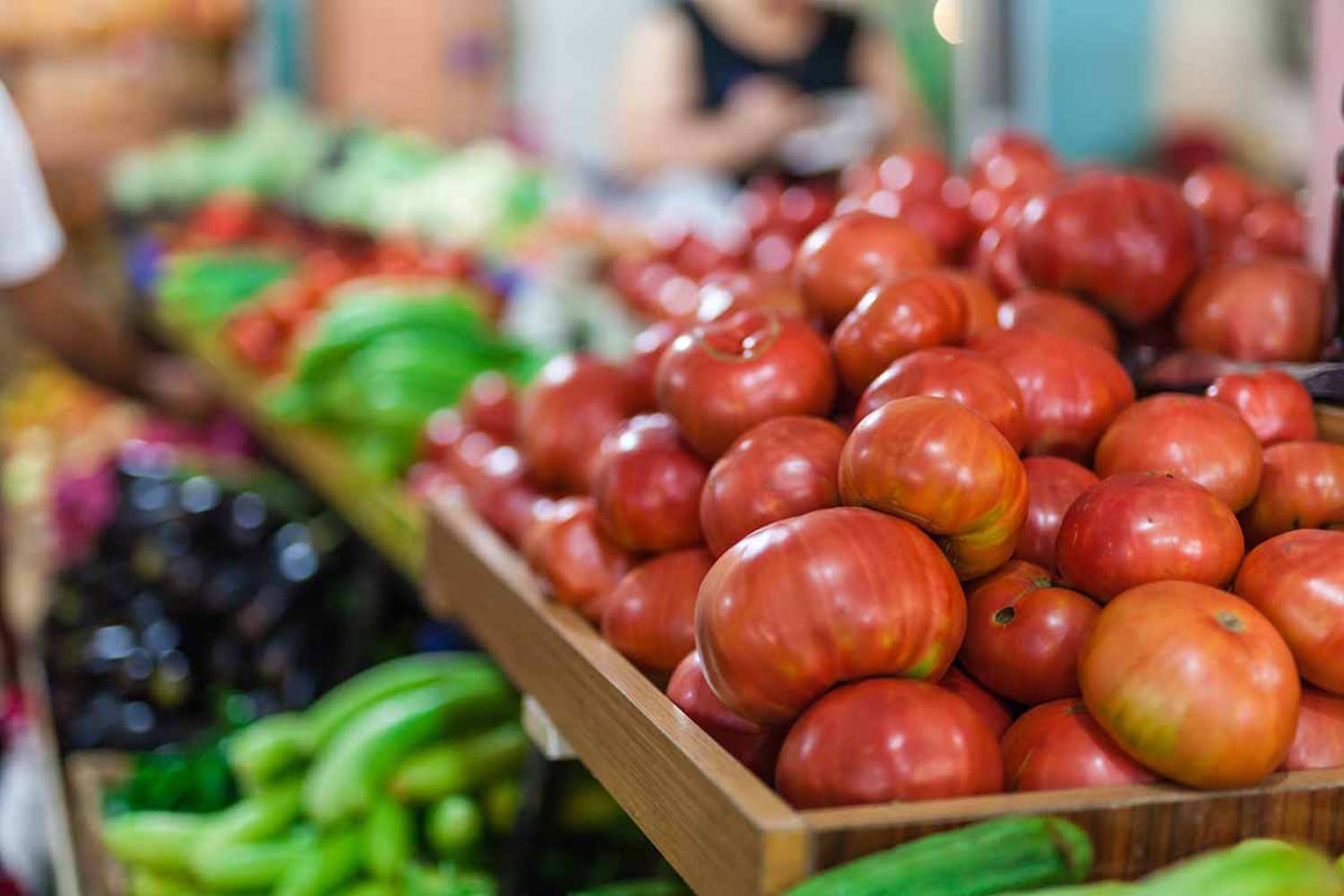For decades, farmers have faced a trade-off between size and flavor when growing tomatoes. While consumers often complain about the lack of flavor in larger tomatoes, smaller, wild varieties are increasingly the most popular. Now, scientists say they've cracked the genetic code to finally get the best of both worlds.

Since anyone can remember, farmers have had the option of size or taste when growing tomatoes or eggplants. The monstrous fruits dominating supermarket shelves today are startling in their size, but many consumers complain of the bland taste. Yet wild varieties, small but rich in sugars and flavors, are not practical for mass production. Today, thanks to the aid of science, this sacrifice can become extinct in the very near future.
Two latest studies, conducted by a collaborative team from the United States of America’s Johns Hopkins University and Cold Spring Harbor Laboratory and that of a group of scientists based at the Agricultural Genomics Institute in China, have identified genes that control not only the weight but also sweetness of tomatoes.
By selectively modifying these genes, the first group of researchers was able to create more fruits, the second, sweeter tomatoes.
All these findings are able to change world agriculture on a large scale, giving people more attractive products and more profitable crops to farmers.
Genetic breakthroughs raise, however, a significant question: are people ready to consume genetically modified fruits?
Larger thanks to genetics
Johns Hopkins scientists compared the genomes of 22 Solanaceae crops, such as eggplant, potatoes, and tomatoes. Evolution has created uninterrupted DNA reshuffling over time, with genes duplicating or disappearing, according to U.S. university geneticist Michael Schatz. The process allows plants to develop new traits but makes the result of genetic changes unpredictable.
One of the most interesting cloned genes identified to date is CLV3, which determines the shape of fruits. In CRISPR-Cas9 gene editing technology-based research, researchers edited the gene in the Australian forest nightshade, a member of the family of wild tomatoes. Deleting both copies of the gene rendered fruits irregularly shaped and unfit for sale, and editing just one copy created larger, symmetrical tomatoes.
A second gene, SaetSCPL25-like, was identified in an African eggplant species. This gene controls the number of locules (seed cavities) and the more locules there are, the bigger the fruits. When this gene was inserted into tomatoes, their fruits grew disproportionately, which clearly shows its direct influence on size.
Has the sweetness issue been solved?
While the first study focused on size, the Chinese scientists tackled a second major issue: taste. A number of market tomatoes have had their natural sweetness lost due to breeding for resistant and high-yielding varieties that lack fragrance. The researchers isolated and enhanced the genes that produce sugars and fragrant volatiles and thus bred a much more aromatic and tasty tomato.
These advances demonstrate how genetics is able to provide useful solutions for enhancing agriculture while making food tastier without compromising efficiency.
GMOs: an opportunity or a risk?
The concept of genetic modification of plants does bring numerous questions to the table. CRISPR technology employed in this research is unlike conventional GMOs in that it does not involve the addition of foreign genes but instead alters what is already on the plant. This method more closely resembles speeding up a natural mutation within a laboratory.
Genetic engineering advocates view these methods as a remarkable chance to solve worldwide food issues: more efficient crops, climate-resilient, and with improved flavor, might minimize waste and pesticide application.
Meanwhile, opponents fear the long-term consequences of gene manipulations and a few key players controlling the seed industry. Transparency and controls will be necessary to ensure such innovation is consumed responsibly and in the long term.
Then, we have a choice: embrace scientific progress for improved-quality and increased yields on our farms, or we restrain?
